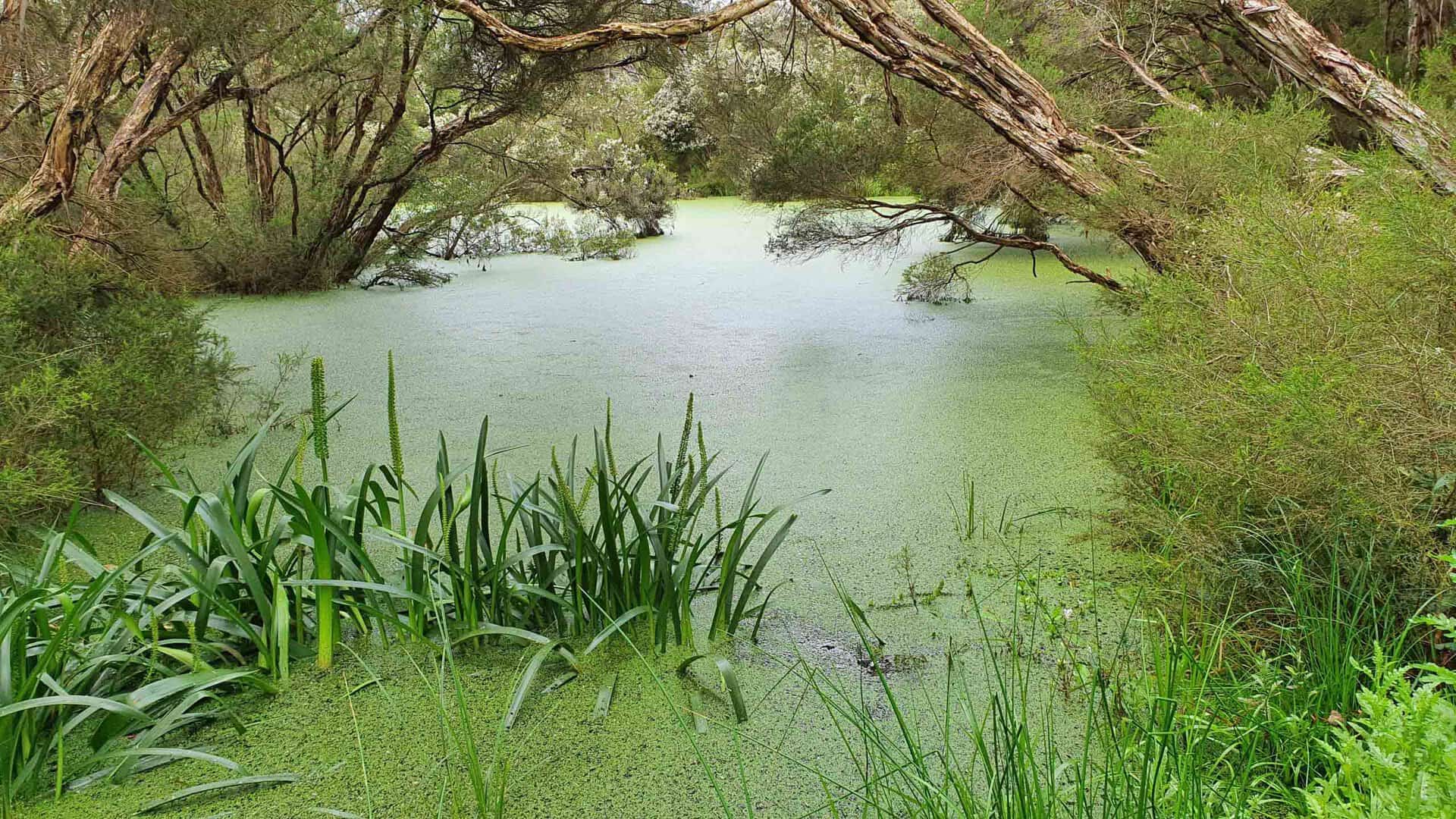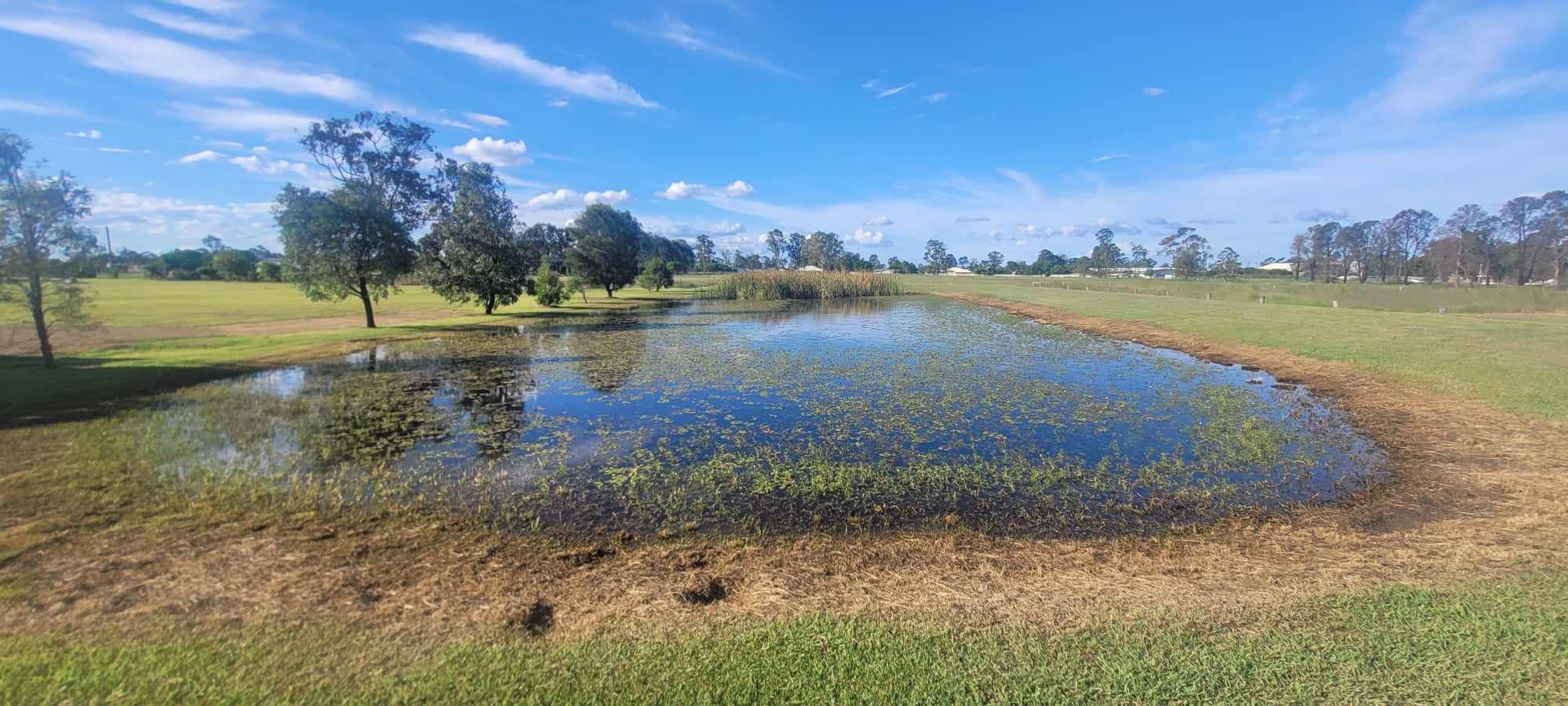
The 4 Stages of Duckweed: Identification and Treatment Guide
Q. Our lake is covered in Duckweed, can you recommend how we treat this and prevent it from coming back?
ANSWER:
Duckweed, a free-floating plant native to Australia, can quickly become a nuisance in aquatic environments due to its rapid growth rate. As it thrives in warm, nutrient-rich conditions with ample light, it tends to proliferate during the warmer summer months when days are longer. The presence of duckweed can have harmful effects on water bodies, especially in its later growth stages when it forms dense, multilayered mats.
Understanding Duckweed Growth Stages for Effective Treatment and Control
1. Primary Growth Stage
In the early stages of infestation, duckweed is not densely packed, and the water surface is clearly visible. This is the initial phase of duckweed growth, covering 1-30% of the water body.
2. Secondary Growth Stage
As duckweed continues to spread, it reaches a stage where the water surface is barely visible, but the duckweed remains a single layer covering approximately 30-60% of the water body.
3. Tertiary Growth Stage
In this stage, duckweed becomes crowded and covers 60-100% of the water body, obstructing light from entering the water. This hinders photosynthesis and oxygen diffusion, creating an anaerobic environment.
4. Multilayered Growth Stage
At this advanced stage, duckweed mats become multilayered, forming thick ridges. The water surface is completely covered (100%+), affecting the ecosystem below and making treatment more challenging.
Plans for Effective Duckweed Control at Each Growth Stage
1. Primary and Secondary Growth Stage
Treatment: Use a combination of AQ200 + Wetting Agent*, Orange Oil, and a Duckweed Skimmer for effective duckweed control.
Notes: Implement *herbicide treatment with a 10-day withholding period or opt for physical removal using a Duckweed Skimmer for better results in the early growth stages.
2. Tertiary Growth Stage
Treatment: Employ AQ200 + Wetting Agent along with a Duckweed Skimmer to manage the mature duckweed growth effectively.
Notes: As duckweed matures, treatment options become limited, but this combination can still achieve good results.
3. Multilayered Growth Stage
Treatment: Use a heavy application of AQ200 + Wetting Agent or employ a Harvesting Machine for larger water bodies to remove the bulk of the infestation.
Notes: Target any remaining duckweed using AQ200 Herbicide + Wetting Agent for comprehensive treatment in multilayered growth stages.
Duckweed control is crucial to maintain the health and balance of aquatic environments. Understanding the growth stages and implementing appropriate treatment at each stage can help effectively manage duckweed infestations and restore the natural balance of the ecosystem.




